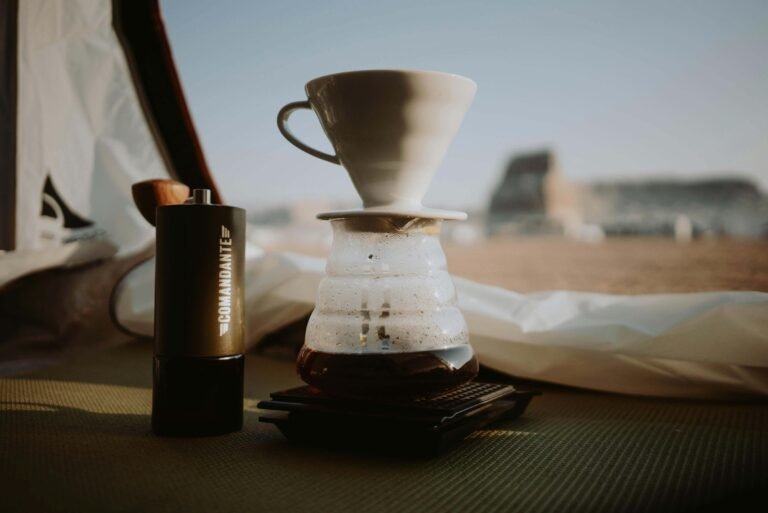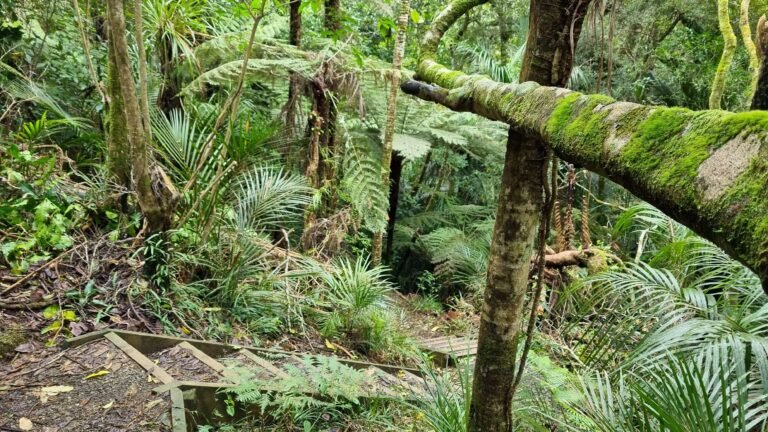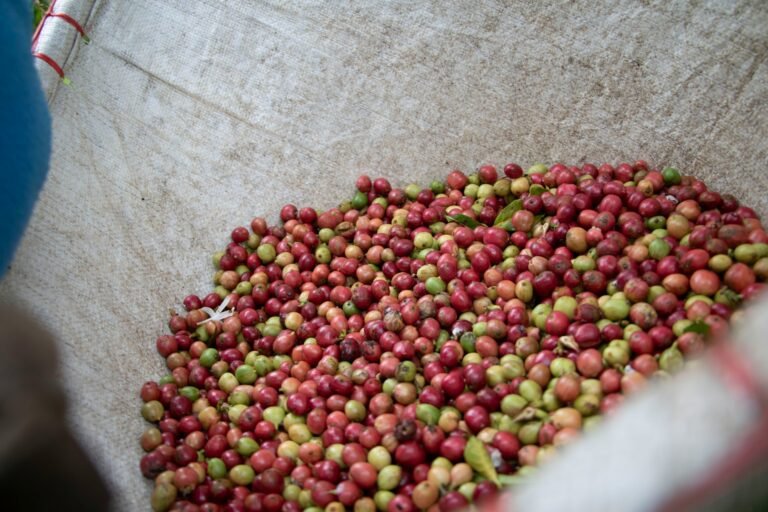The pour-over coffee is by far still my favorite way to make coffee for my wife and me. So if you are tired of your regular coffee routine and craving something else, then let’s get caffeinated!
Pour-over coffee brewing is simple but also an art, and with the right technique, you can enjoy a cup of coffee that’s rich, flavorful, and tailored to your taste. Let’s dive in and learn how to make a perfect cup every time.
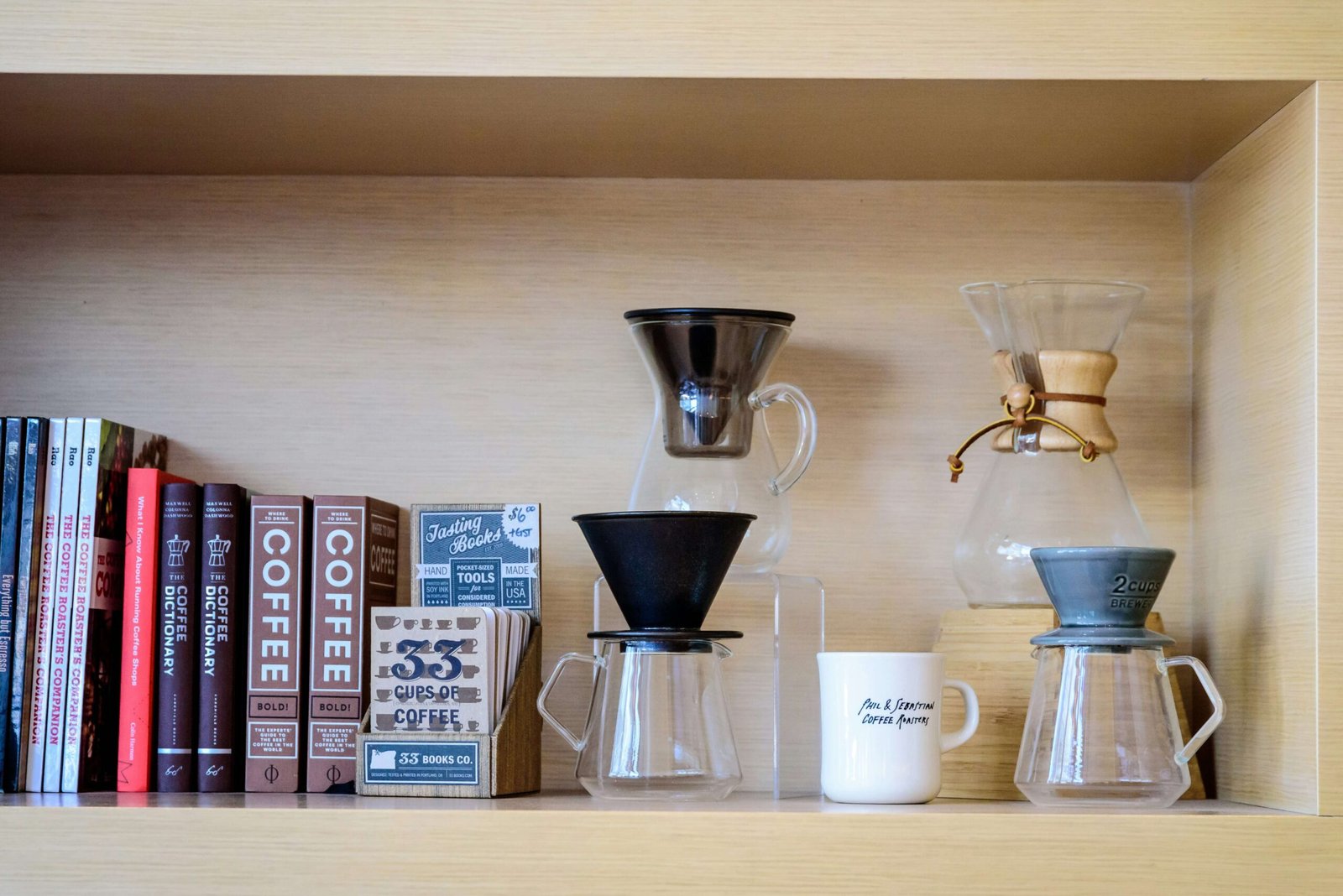
Understanding the Pour-Over Method
The pour-over method is a manual coffee brewing technique that involves putting coffee grounds in a device/ container that usually has a filter in it and pouring hot water over coffee grounds in a slow, controlled manner. Easy right? This process allows for greater control over the brewing time and temperature, resulting in a more flavorful cup of coffee.
Choosing Your Pour-Over Equipment
There are many different pour-over apparatuses available, but the principle remains the same. Some popular choices include the Hario V60, Kalita Wave, Melitta dripper, and my favorite right now, the Chemex. Each has its unique design, but they all follow the same basic method of brewing.
Make sure to read the instructions for your equipment if it has. There may be some tips and tricks to help you make the best cup of coffee you can.
Why Choose The Pour-Over?
Why go through the trouble of making one when you can just use a drip coffee maker or buy one when you are out? The answer lies in the flavor. It allows you to control every aspect of the brewing process, resulting in a unique, more nuanced cup of coffee.
Unless you have a specialty cafe that offers pour-overs, you won’t know until you’ve tried it. And even if you have a cafe that does a great coffee it is exciting to try different beans from other roasters. Also, ask your cafe for some tips. Chances are they have way more time and beans at their disposal to figure out the little details.
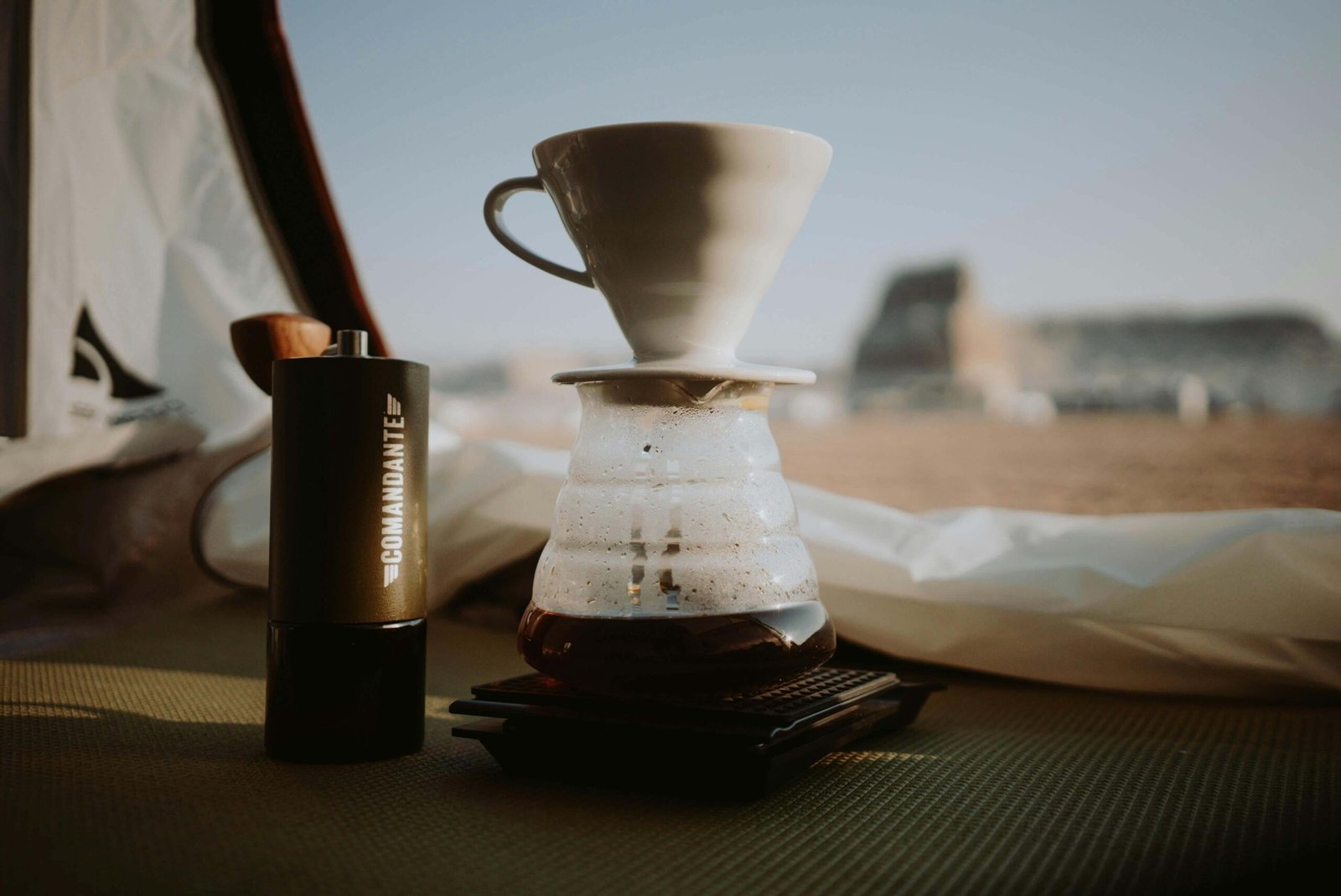
The Importance of Fresh Coffee Beans
Start with fresh, high-quality coffee beans. Fresh beans are essential for a great pour-over coffee. If you’re not enjoying your coffee you may have to look at a different coffee bean before giving up on this method. The beans from the same region can taste worlds apart when roasted by two different people.
Grinding Your Coffee Beans
Always try to grind fresh for use, if you have a grinder. For years I got my roaster to grind for pour-over/ filter and it works while you save up for that grinder. The grind size is crucial for pour-over coffee. Too coarse, and the water will pass through too quickly, under-extracting the coffee. Too fine, and it will pass through too slowly, over-extracting it. Aim for a medium-coarse grind, similar to sea salt.
Another way to gauge how coarse it should be is to watch the timer. When using 15g-25g of coffee aim to have all the water pass through between 2-4min.
If it goes for shorter or longer still taste it, if you like it then you have found “your” sweet spot.
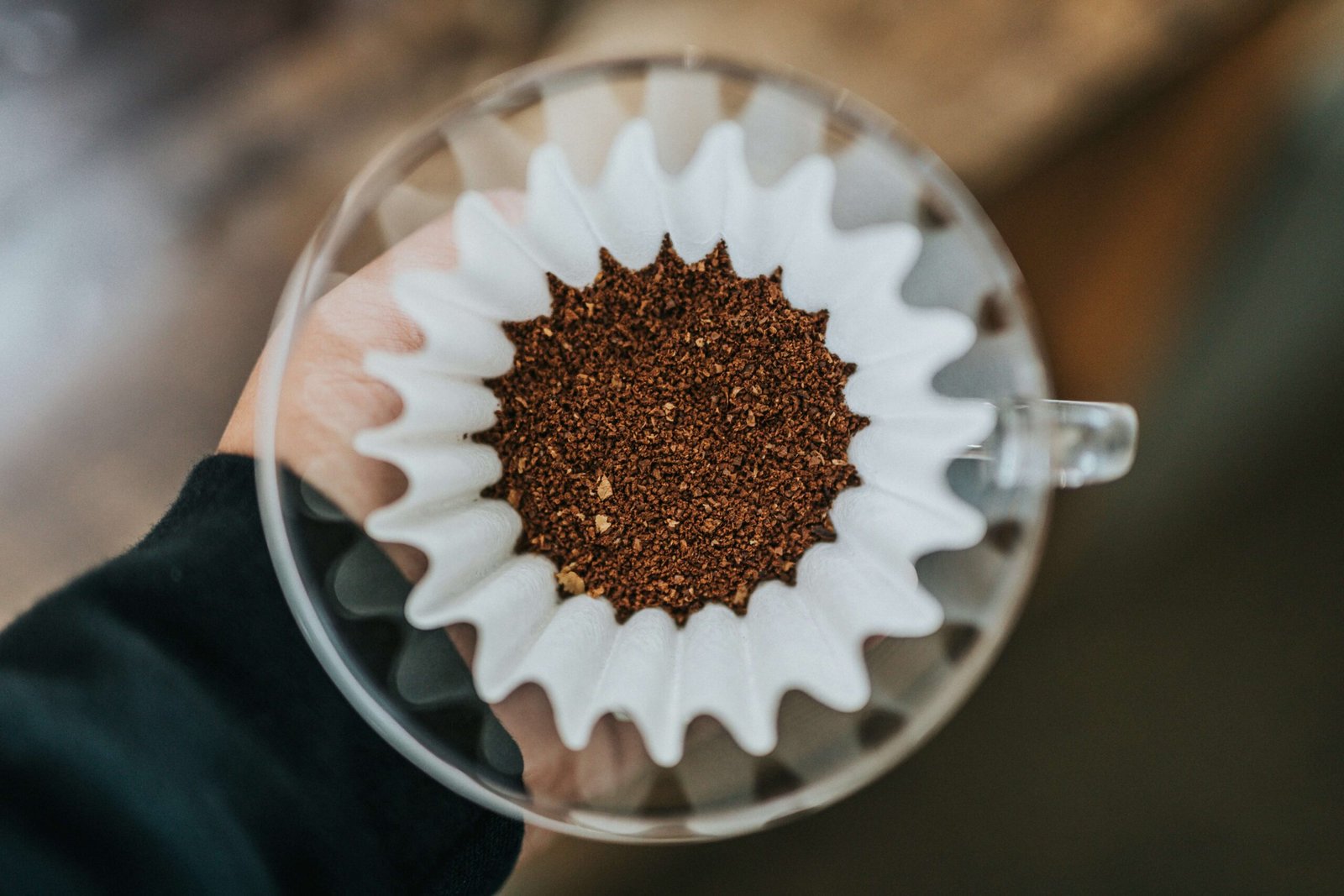
Measuring Your Coffee and Water
Accuracy is key in pour-over brewing. Use a kitchen scale to measure your coffee and water. A common ratio is 1:16, meaning 1 gram of coffee for every 16 grams of water. For a single cup, this usually translates to about 25 grams of coffee and 400 grams of water.
Heating Your Water
We can get crazy and super sciencey about the temperature of the water we use…. but we won’t. I just use the water off the boil. I would encourage you to play with the temperature because some lighter roasted coffees can be much better at a lower temp, around 195°F.
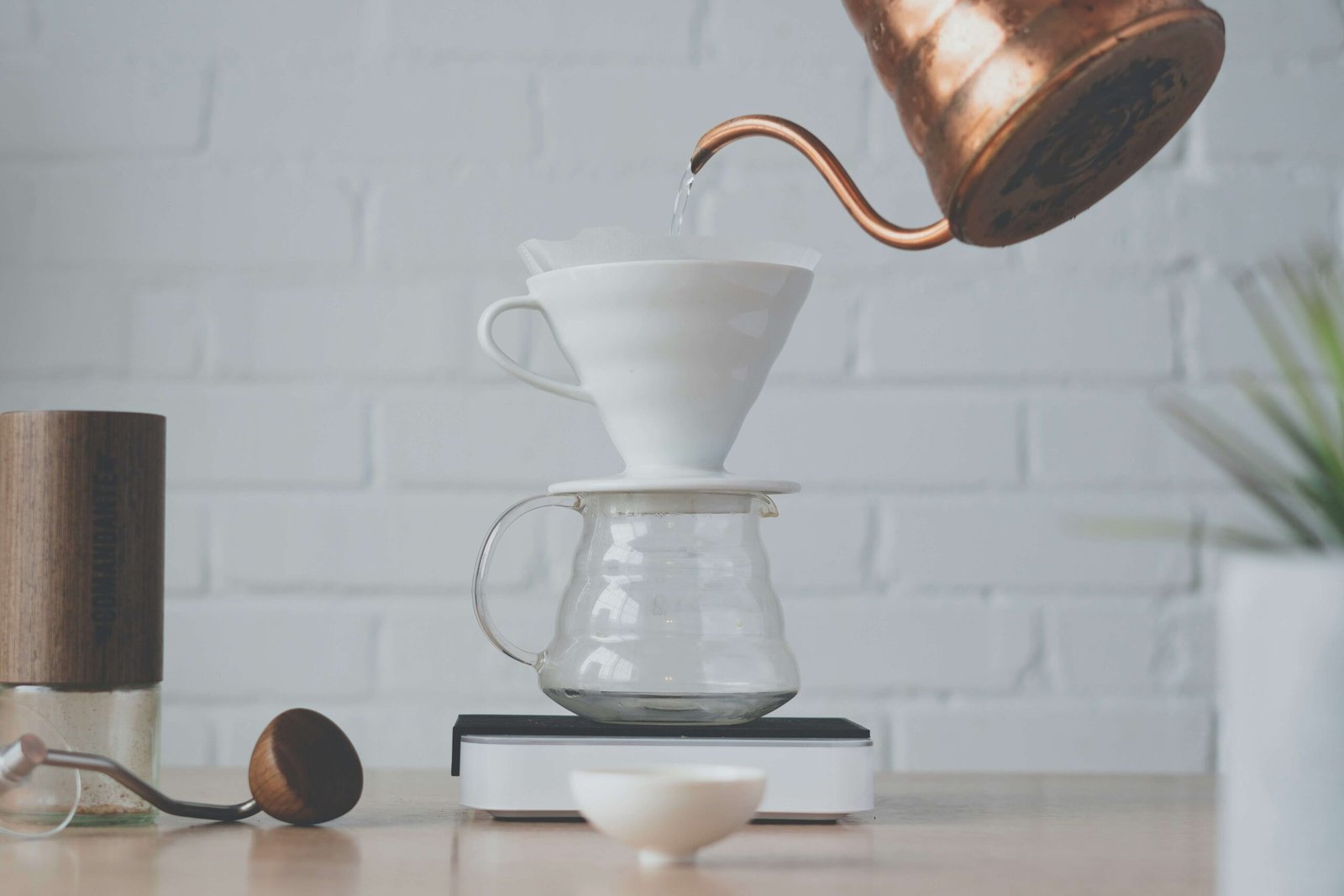
Preparing Your Equipment
Before you start brewing, rinse your filter with hot water. This removes any paper taste and preheats your dripper and carafe, helping maintain the brewing temperature. Put the filter paper in the pour-over you’re using and pour water until the filter is completely wet. This, for me, is a practice run for the technique I use to pour water over my coffee grounds.
Remember to ditch the water you’ve just poured. It will have filter paper flavor but worse it will dilute your brew.
The Bloom
The bloom is the initial stage of the brewing process. Pour just enough water over the coffee grounds to saturate them, then let them sit for 30 seconds. This allows the coffee to degas, releasing carbon dioxide and making room for more water absorption.
If you are using a scale pour 2 -3 times the amount of water to coffee. So if using 25g of coffee your first pour should be around 50-75g of water.
The Pour
Pour the water in a slow, circular motion, starting from the center and moving outward. Avoid pouring directly on the filter. The goal is to pour evenly and consistently, ensuring all the coffee grounds are saturated. Try to end back in the center. If you nailed the pour you should see the satisfying flat bed of coffee grounds once all the water has passed through.
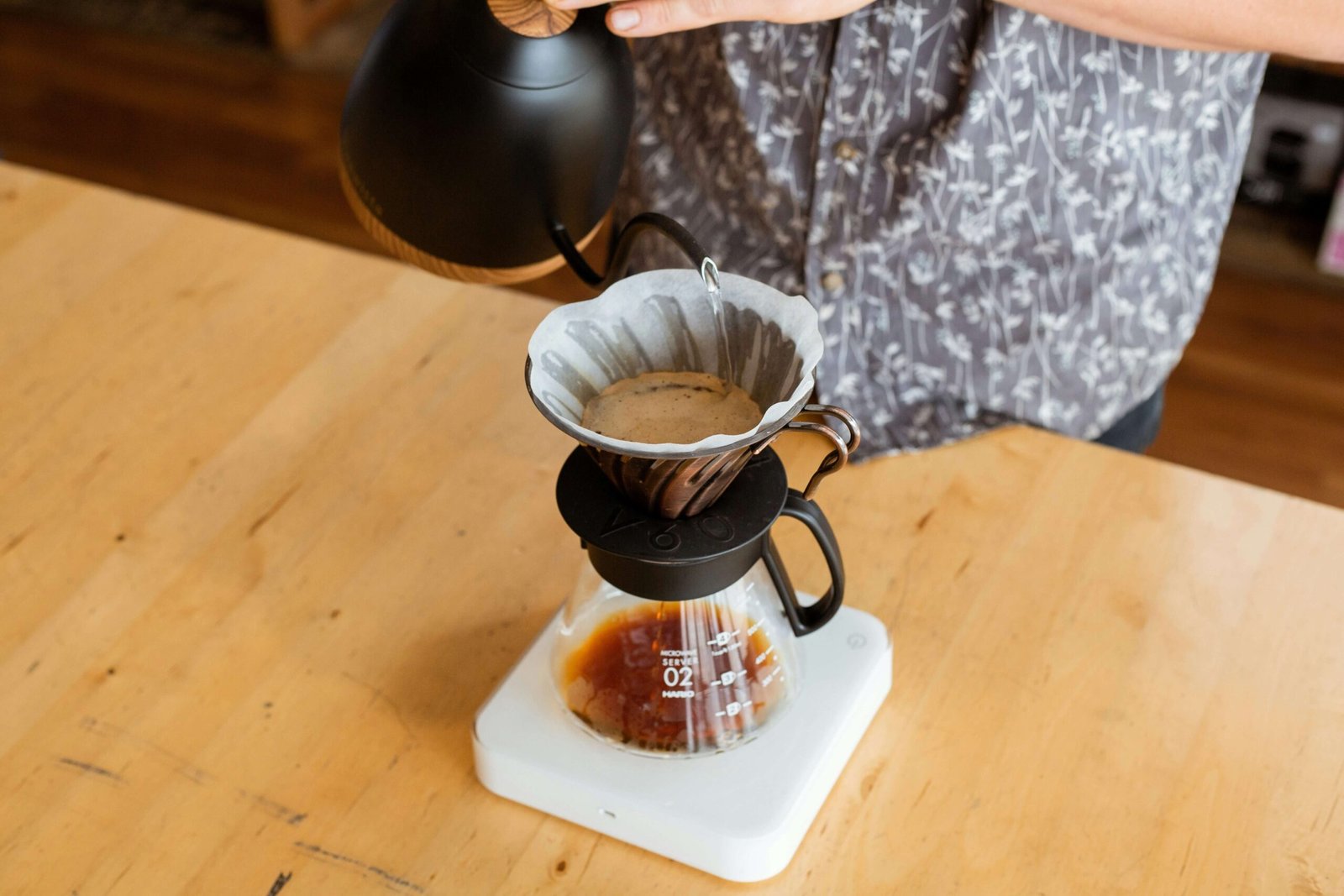
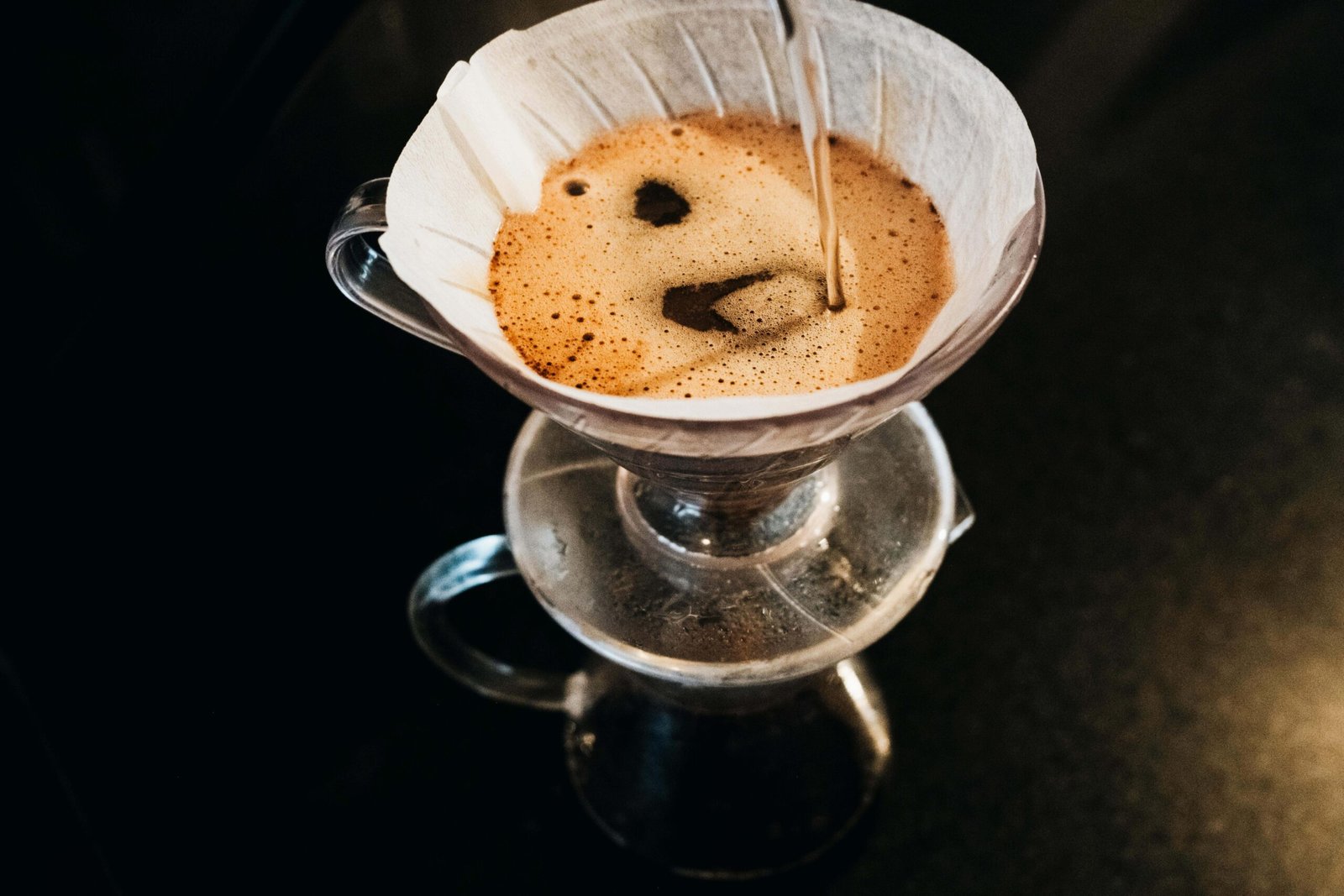
The Brewing Time
The entire brewing process should take about 2-4 minutes. Remember if it’s too fast, your grind might be too coarse. If it’s too slow, it might be too fine. Adjust your grind size accordingly.
Tasting Your Coffee
Once your coffee is brewed, it’s time to taste. Pour-over coffee should have a clean, crisp flavor with well-balanced acidity and sweetness. If it tastes bitter, you might have over-extracted it. If it tastes sour, it might be under-extracted.
One thing to remember is that all coffee beans taste different. Darker roasted coffee tends to be more bitter and lighter roasts tend to be more sour (acidity).
Adjusting to Your Taste
Everyone’s taste is different, and one of the joys of pour-over coffee is the ability to tweak the process to suit your preferences. Experiment with different grind sizes, coffee-to-water ratios, and brewing times to find what works best for you.
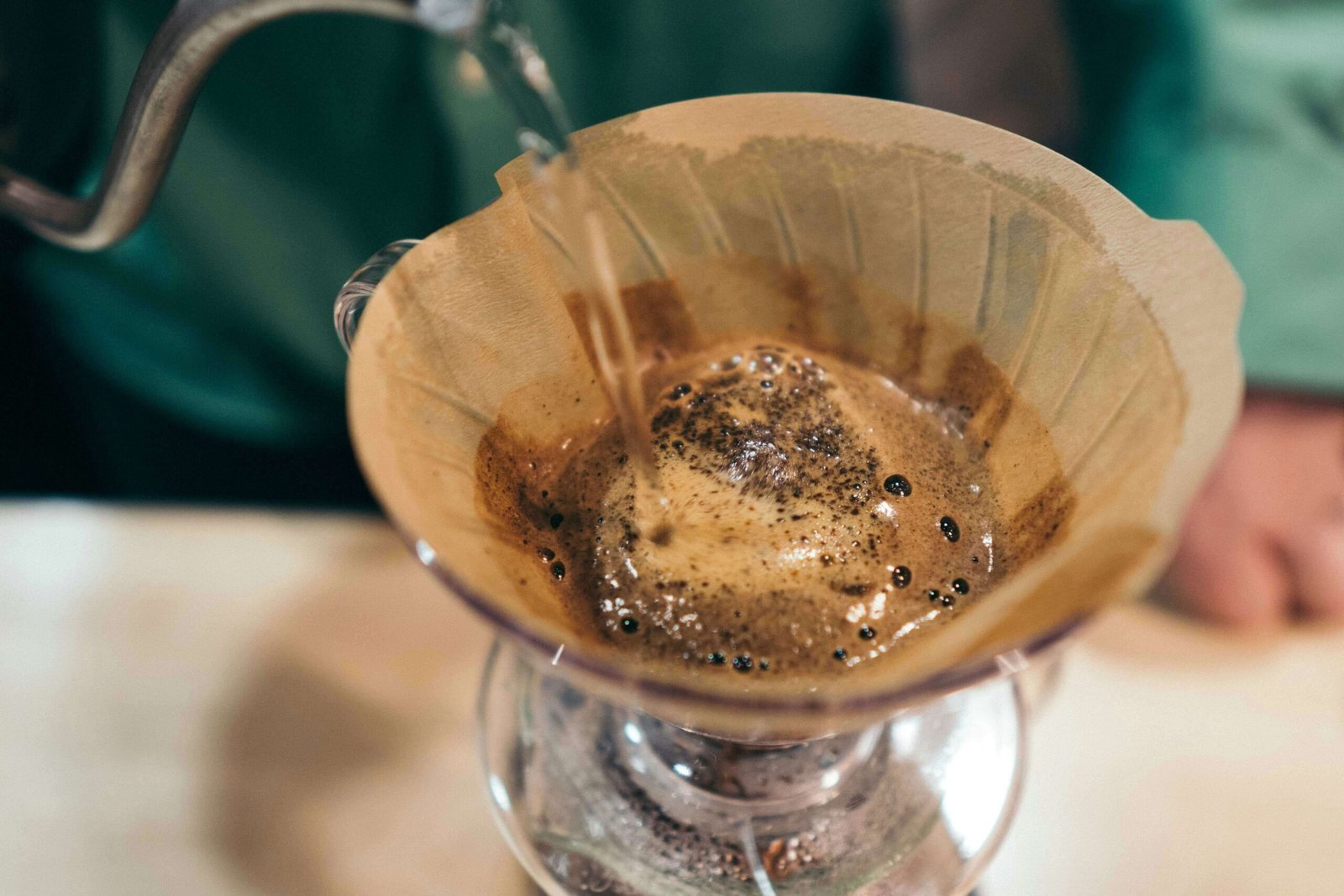
Common Mistakes to Avoid
Even experienced coffee brewers can make mistakes. Common issues include using old coffee beans, incorrect grind size, and uneven pouring. Being mindful of these factors can help you avoid common pitfalls. When you mess up a morning brew don’t beat yourself up about it. You’re creation still has amazing caffeine in it. So add some sugar and cream or try again.
Keeping Your Equipment Clean
Clean equipment is essential for great coffee. After each use, rinse your dripper, carafe, and filter holder with hot water. Regularly descale your kettle and wash any removable parts with zero or mild detergent.
Pour-Over Recipe
Here’s a simple recipe to get you started on your pour-over journey.
Ingredients:
- 25 grams of fresh coffee beans. Scale this by using the ration 1:16.
- 400 grams of water
Equipment:
- Pour-over dripper (e.g., Hario V60, Chemex)
- Paper filter
- Coffee grinder (or pre-ground)
- Coffee / Kitchen scale
- Gooseneck kettle or Standard kettle
- Timer
Instructions:
- Heat the Water: Boil the water.
- Prepare the Filter: Place the filter in the dripper and rinse it with hot water to remove any paper taste and preheat the dripper.
- Grind the Coffee: Grind the coffee beans to a medium-coarse consistency, similar to sea salt.
- Measure the Coffee: Place the dripper on your carafe or mug and add the coffee grounds. Level the bed of grounds by gently shaking the dripper.
- Bloom: Start your timer and pour enough hot water (about 50-75 grams) to saturate the coffee grounds. Let it bloom for 30 seconds.
- Pour: Slowly pour the remaining water in a circular motion, starting from the center and moving outward. Continue pouring until you reach 400 grams of water.
- Brew Time: The total brewing time should be about 3-4 minutes.
- Enjoy: Once the water has fully passed through the coffee grounds, remove the dripper, give your coffee a gentle swirl, and enjoy your delicious pour-over coffee.
Summary
Making a pour-over coffee is more than just a brewing method; it’s an experience. By controlling every aspect of the process, you can craft a cup of coffee that’s perfect for your taste. Remember to use fresh beans, measure accurately, and adjust your technique to suit your preferences. With practice, you’ll master the art of pour-over coffee and enjoy every sip of your handcrafted brew.
And if this is not for you there are a few other options that give you a different taste. I can help you find the right brew method for you.
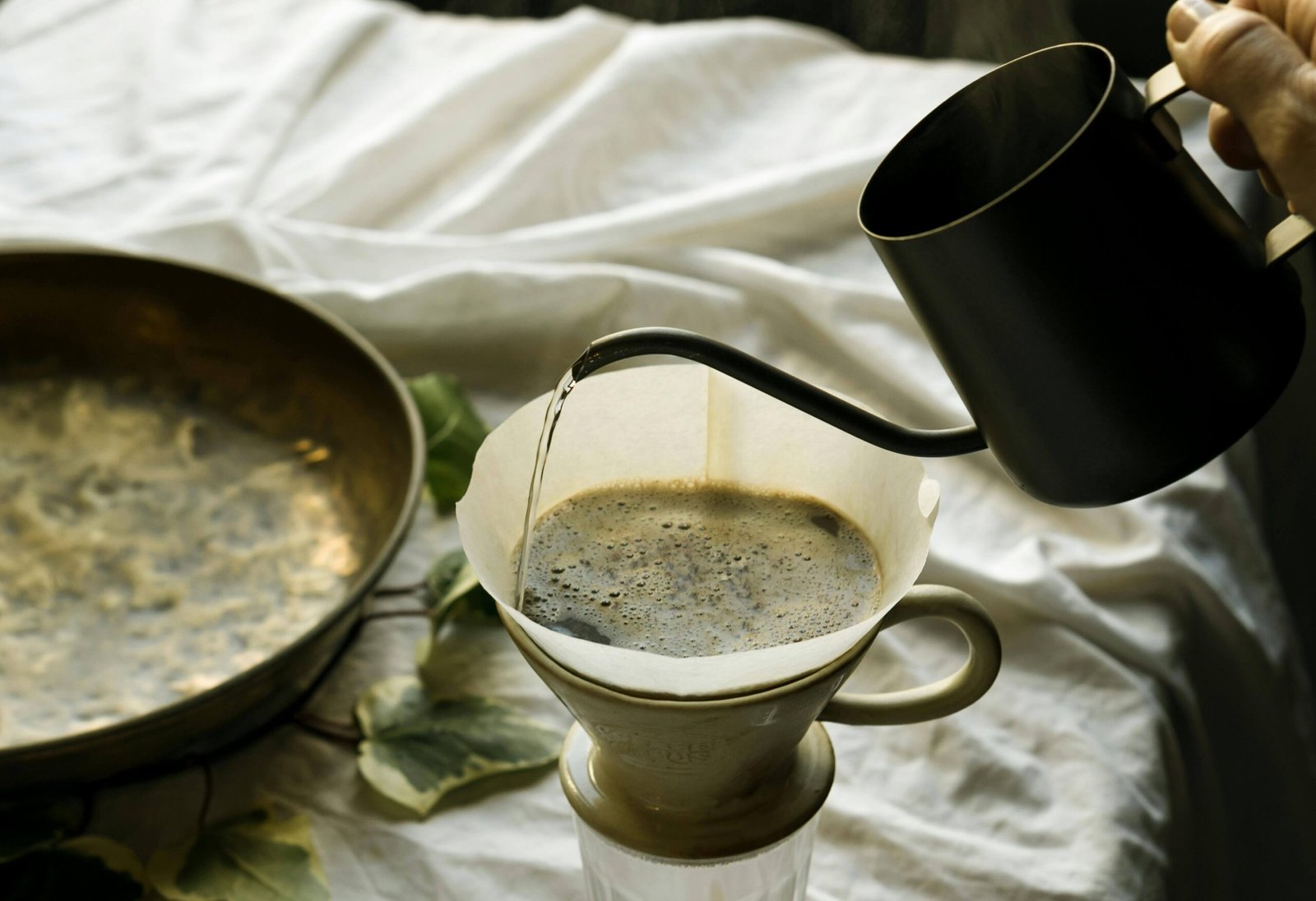
FAQs
- What is the best coffee grind size for pour-over?
- A medium-coarse grind, similar to sea salt, is ideal for pour-over coffee. Store-bought coffee may be labeled “Filter”
- Can I use any type of coffee beans for pour-over?
- Yes, but fresh, high-quality beans will give you the best flavor.
- How important is water temperature in pour-over brewing?
- Very important. Water should be between 195°F and 205°F for optimal extraction.
- Why does my pour-over coffee taste bitter?
- Bitter coffee usually indicates over-extraction. Try using a coarser grind or reducing the brewing time.
- How do I clean my pour-over equipment?
- Rinse your dripper and filter holder with hot water after each use, and descale your kettle regularly.


